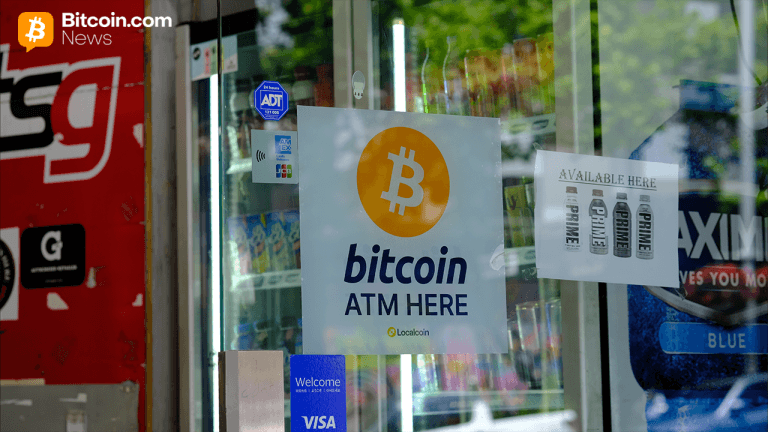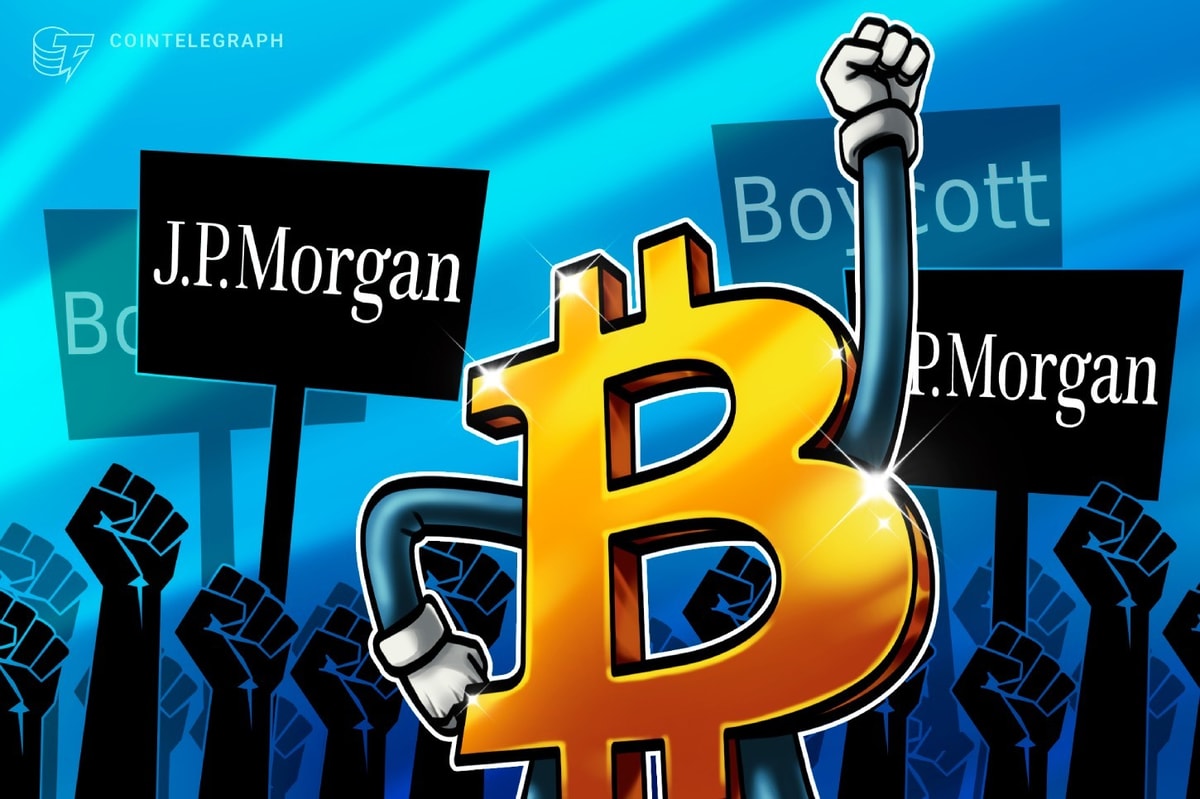Unclear rules leaving infrastructure bonds untapped
3 min read

Private activity bond issuance that could be flowing from the Bipartisan Infrastructure Bill is stuck in a quagmire of regulations and unanswered questions.
“This all came in with a bunch of fanfare a couple of years ago and everyone thought it was going to be the next big thing, and unfortunately, it’s just sitting there,” said Ed Rojas, a partner with Holland and Knight. “It really hasn’t been used.”
The comments came during a webinar produced earlier this week by the Council of Development Finance Agencies. The rules governing each type of financing becomes increasingly more complicated as would-be issuers drill down and stop.
Holland & Knight
“These bonds are not being used,” said Matthias Edrich, a partner at Kutak Rock. “There’s a lot of discussion about what will qualify, but as far as we’re able to tell, there have not been any bond issues.”
When the BIL was enacted in 2021 it created two new types of tax-exempt facility bonds designed to fund projects to expand broadband access and spur the construction of carbon dioxide capture facilities.
The tax attorneys see similarities in the bonding opportunities to the way solid waste facilities are bond-financed. Factories that produce synthetic gas meet several of the bond requirements except for the clause that governs capturing the carbon.
“There’s no sequestration of the CO2,” said Edrich. “We would have a denominator in this calculation that would be zero.”
“The person who drafted the statute probably didn’t think about some of these types of projects that don’t have the capture or the storage component to it and maybe the capture and storage percentage should have been written a little differently.”
According to the Congressional Budget Office, as of December 2023, there are 15 carbon capture and storage facilities in the U.S. with the capacity to capture .04% of the nation’s total annual CO2 emissions.
“The CO2 bonds are yearning for guidance,” said Edrich. “Once that guidance comes through, if it is addressing the issues the industry has raised, I think there would be a significant amount of interest in the CO2 bond category.”
Expanding broadband access to underserved communities remains a
The Broadband Equity, Access and Deployment program, which is administered by the National Telecommunications and Information Administration, a part of the U.S. Commerce Department, went under the microscope during a hearing held by the House Committee on Oversight and Accountability on Thursday.
Brendan Carr, a commissioner for the Federal Communications Commission and witness at the hearing said in his testimony “It has now been 1,039 days since the $42 billion program was signed into law. After all of that time, not one person has been connected to the internet with those dollars, not one home, not one business.”
The bond opportunities created for expanding broadband comes standard with a complex set of rules that aren’t clear about access for multifamily buildings and the use of satellites versus terrestrial towers.
Puzzling out a qualification for prioritizing “underserved areas,” is based on a map created by the FCC that has attracted controversy about the accuracy of claimed internet coverage in rural communities and tribal lands.
Many states are also funding their own initiatives to boost internet access which may be competing against the federal dollars.
“We’ve heard from our clients is that there’s a lot of funding available through other sources to expand broadband, and contractors are very busy pursuing those installations,” said Edrich. “They don’t have time to worry about bond financing right now.”







